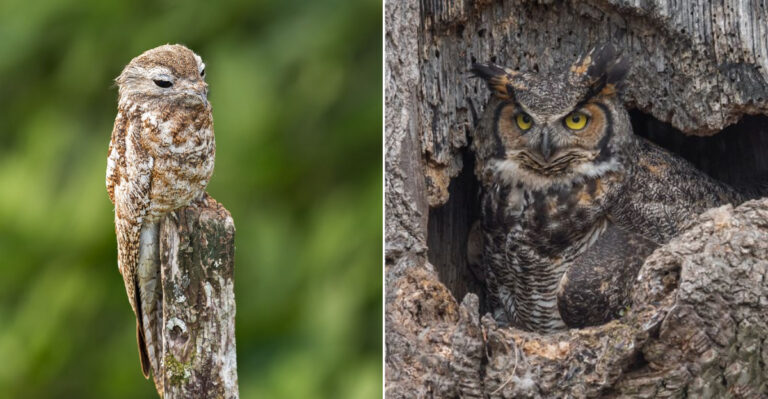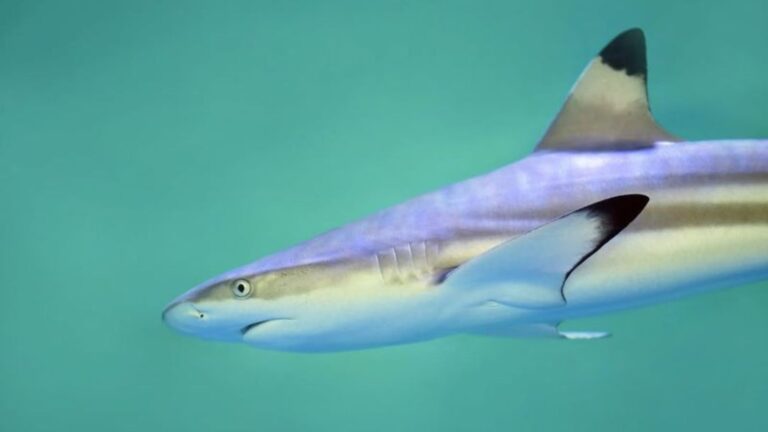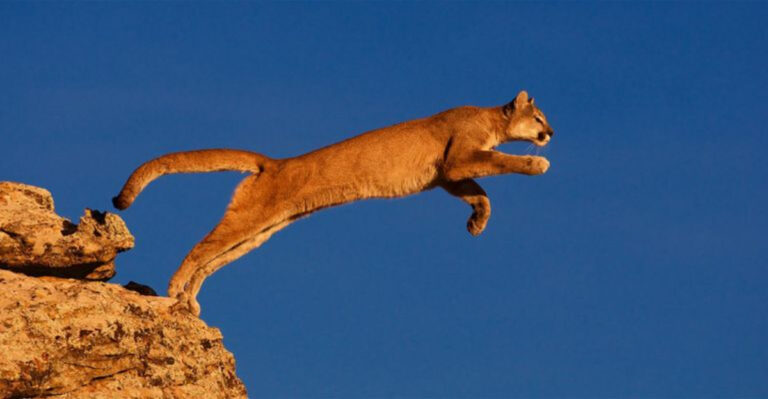14 Fossil Finds Of Ancient Animal Giants That Changed History

Ever wondered what creatures roamed Earth before us? Scientists have unearthed massive animal fossils that dwarf anything alive today. These prehistoric giants help us understand evolution and ancient ecosystems.
From sea monsters to land behemoths, these discoveries rewrote what we thought we knew about life’s history on our planet.
1. Titanoboa: The Bus-Sized Snake
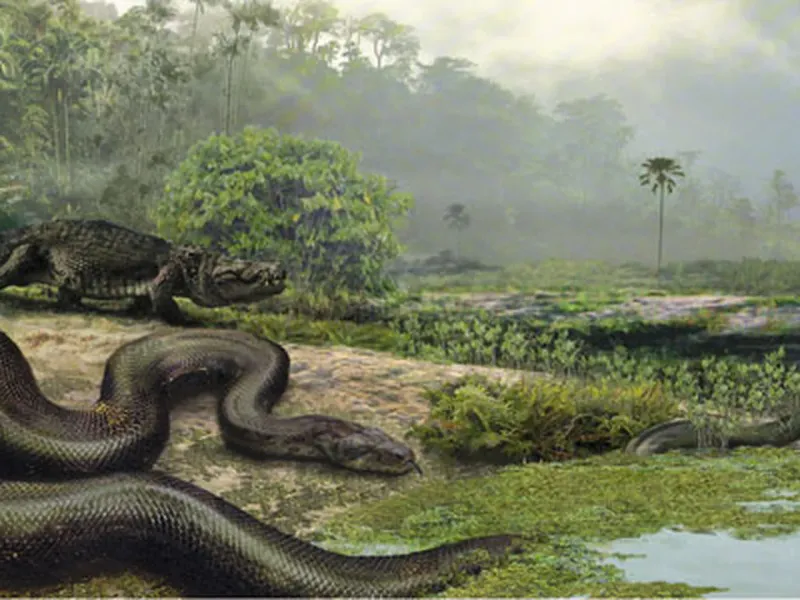
Imagine a snake so massive it could swallow a crocodile whole! Discovered in 2009 in a Colombian coal mine, this 43-foot serpent weighed over a ton and lived 60 million years ago.
Scientists believe Titanoboa thrived in hot, humid rainforests after dinosaurs went extinct. Its discovery suggests ancient Earth was much warmer than previously thought.
2. Jaekelopterus: Terror From The Depths

Looking like something from a nightmare, this sea scorpion’s claw alone measured over 18 inches! Found in Germany, Jaekelopterus reached lengths of 8 feet, making it the largest arthropod ever discovered.
Roaming shallow seas 390 million years ago, these aquatic predators used their massive claws to snatch prey. Their existence challenges our understanding of how big invertebrates can grow.
3. Megalodon: The Ocean’s Ultimate Predator

Those teeth could crush a whale’s bones like crackers! Measuring up to 6.5 inches long, Megalodon teeth were first documented scientifically in the 1600s, puzzling early naturalists.
Only when complete jaw reconstructions were attempted did we realize this shark stretched up to 60 feet long. Its worldwide fossil distribution showed this apex predator dominated oceans for over 13 million years.
4. Paraceratherium: The Hornless Giant
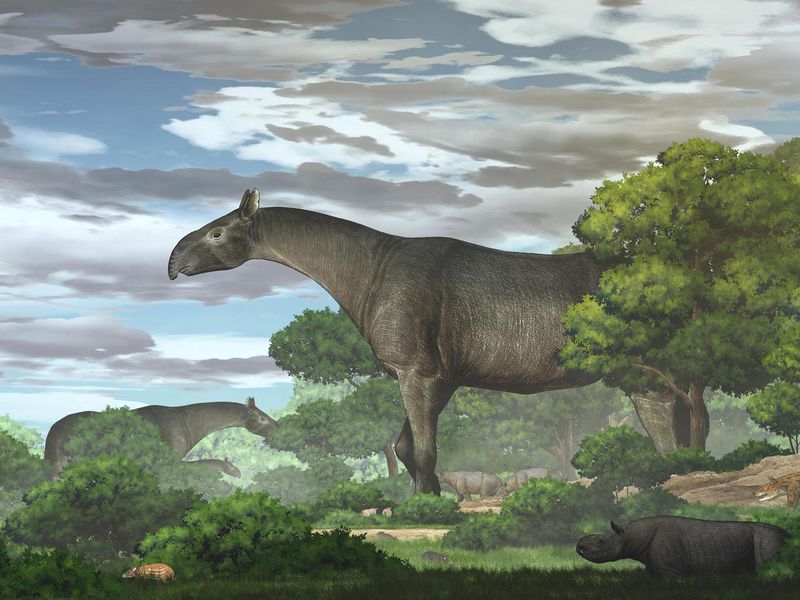
Towering at 18 feet tall, this distant rhino relative could peek into a second-story window! First discovered in Pakistan in 1911, its fragmentary remains initially confused paleontologists about its true size.
Weighing up to 20 tons and sporting a long neck, Paraceratherium browsed treetops across Asia 30 million years ago. Its enormous bones revealed mammals could evolve to dinosaur-like proportions under the right conditions.
5. Argentavis: Wings Wider Than A Car

Talk about a big bird! With a 23-foot wingspan, Argentavis magnificens soared over prehistoric Argentina six million years ago. Discovered in the 1970s, its wing bones initially seemed too massive to belong to a flying creature.
Weighing around 150 pounds, this vulture-like giant probably used thermal updrafts to stay aloft. Its discovery forced scientists to recalculate the theoretical limits of flight for vertebrates.
6. Deinosuchus: The Crocodile That Ate Dinosaurs

Forget modern crocs – this ancient relative stretched 33 feet long with teeth thick as bananas! First described in 1909, Deinosuchus fossils revealed a creature so massive it regularly preyed on dinosaurs.
Tooth marks found on dinosaur bones confirm these mega-crocs were apex predators in coastal environments. Their discovery showed reptiles achieved massive sizes in multiple evolutionary lines, not just among dinosaurs.
7. Sarcosuchus: The SuperCroc

With a head longer than a grown man, this river monster ruled ancient waterways! Discovered in Niger’s Sahara Desert in the 1960s, complete Sarcosuchus skeletons weren’t unearthed until 1997. Stretching 40 feet and weighing 8 tons, this Cretaceous giant lived 112 million years ago.
Its unusually bulbous snout end contained special sensory organs, teaching scientists about unique adaptations in ancient crocodilians.
8. Arthropleura: The Bus-Sized Millipede
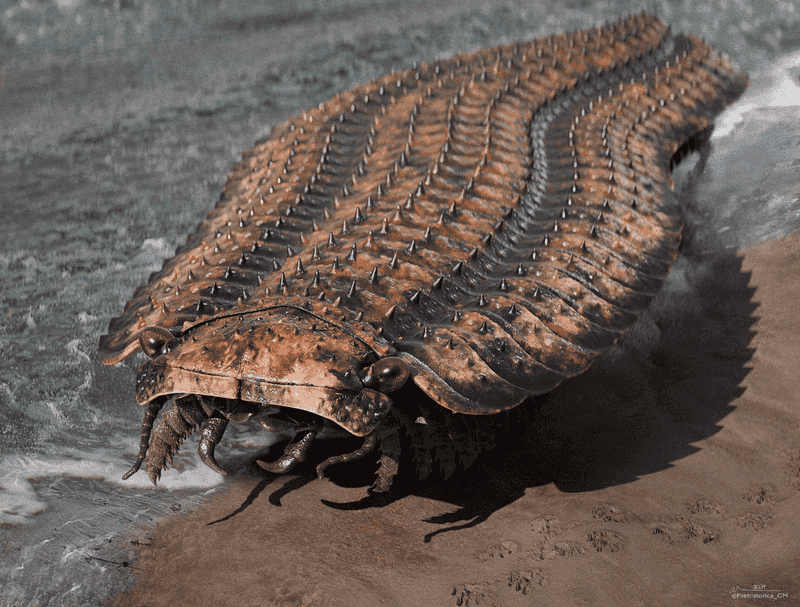
Crawling through ancient forests was a millipede longer than a car! Arthropleura tracks were first found in 1853, but body fossils weren’t discovered until the 1980s. Stretching up to 8.5 feet long, this giant invertebrate thrived 300 million years ago when oxygen levels were much higher.
Its existence demonstrates how environmental conditions can drive extreme body sizes in unexpected animal groups.
9. Livyatan Melvillei: The Sperm Whale’s Terrifying Cousin
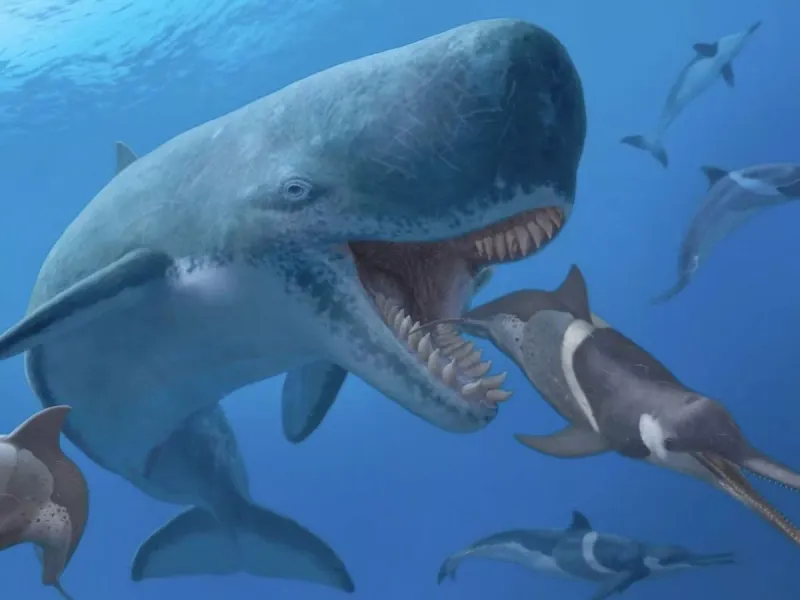
Armed with teeth bigger than your hand, this whale hunted other whales! Named after the biblical sea monster and Moby Dick’s author, Livyatan was discovered in Peru in 2008. Unlike modern sperm whales that dive deep for squid, this 60-foot predator used 14-inch teeth to attack other marine mammals.
Its fossils revealed an unexpected evolutionary path where some whales became apex predators instead of filter feeders.
10. Archelon: The Volkswagen-Sized Turtle
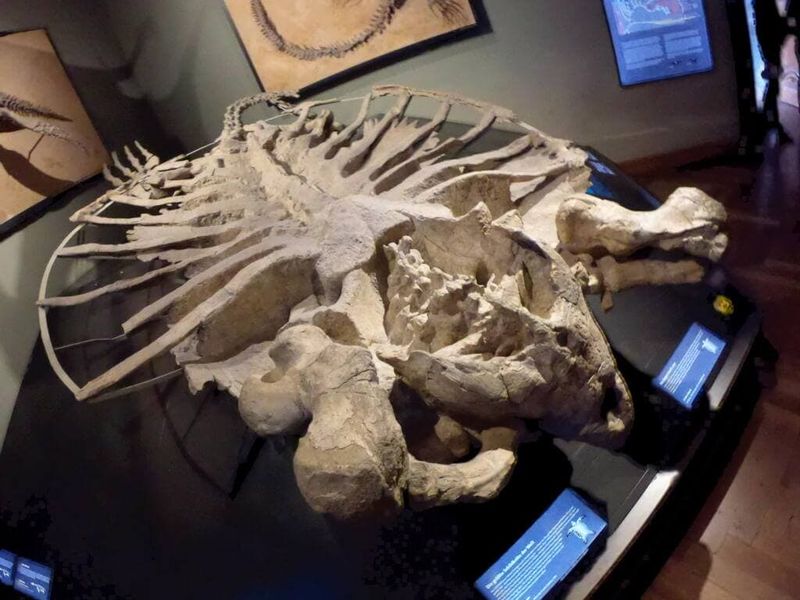
Paddling through Cretaceous seas was a turtle the size of a small car! First unearthed in South Dakota in 1895, this marine giant’s shell spanned 13 feet from tip to tail.
Weighing two tons and living 75 million years ago, Archelon had a leathery shell rather than a hard one. This adaptation for speed and weight reduction taught paleontologists about evolutionary trade-offs in marine reptiles.
11. Quetzalcoatlus: The Giraffe-Tall Flying Reptile
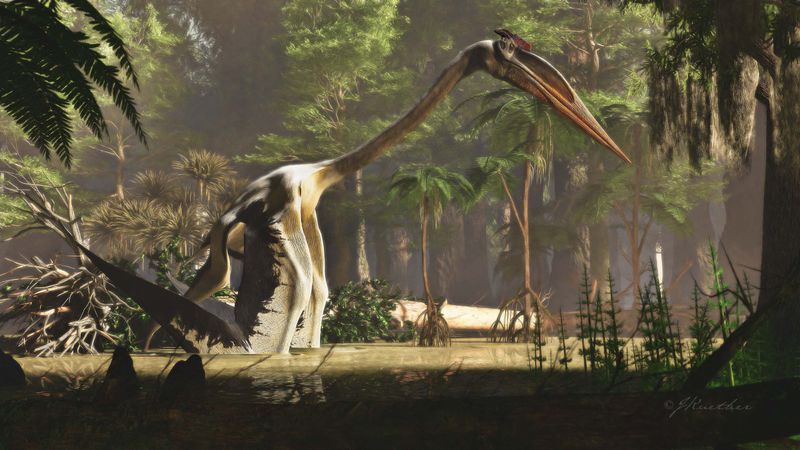
Standing as tall as a giraffe but capable of flight! When discovered in Texas in 1971, scientists couldn’t believe an animal this size could fly.
With a 36-foot wingspan and a weight of 550 pounds, Quetzalcoatlus pushed the boundaries of flight physics. Its hollow bones and lightweight structure revealed sophisticated adaptations that allowed pterosaurs to become the largest flying creatures in Earth’s history.
12. Basilosaurus: The Sea Serpent That Was Actually A Whale
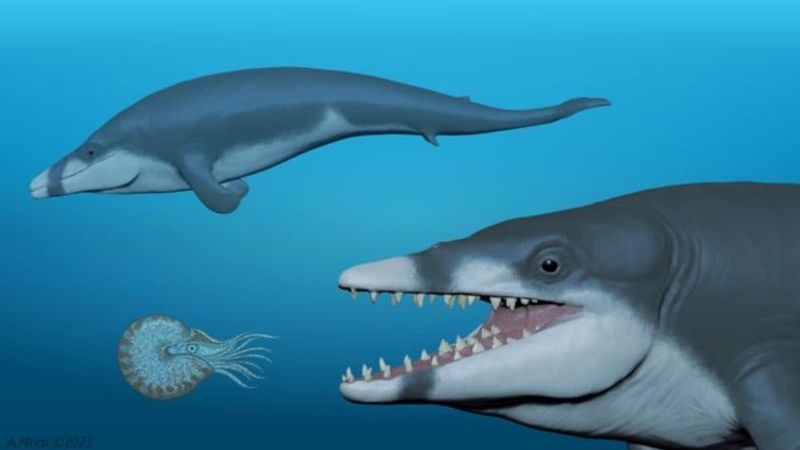
When first discovered in 1834, scientists thought these 60-foot skeletons belonged to marine reptiles! Only later did they realize Basilosaurus was an early whale with tiny hind limbs. These vestigial legs couldn’t support walking but proved whales evolved from land mammals.
Complete specimens from Egypt and the southern United States revolutionized our understanding of whale evolution and cetacean ancestry.
13. Elasmotherium: The Unicorn Rhino
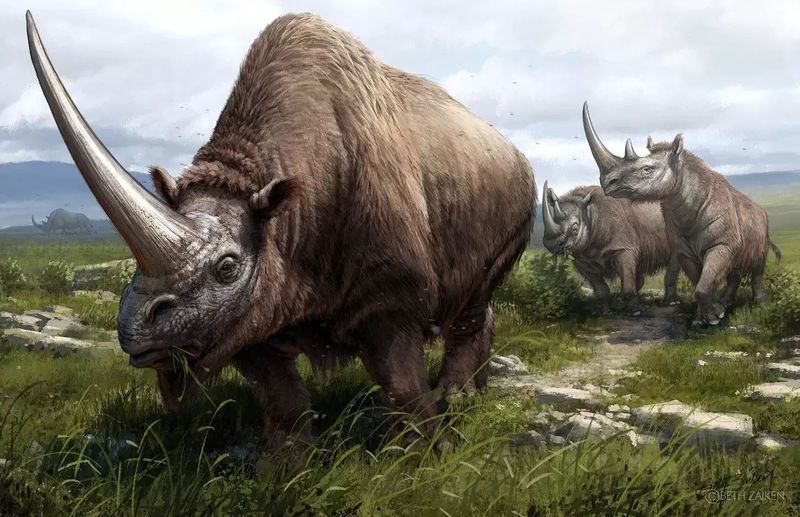
Sporting a single horn estimated at 6 feet long, this ice age giant may have inspired unicorn legends! First described in 1808 from Siberian remains, Elasmotherium stood 7 feet tall at the shoulder.
Weighing up to 4 tons, this rhino relative roamed Eurasian grasslands until surprisingly recently – possibly encountering early humans. Its fossils helped scientists understand how megafauna adapted to changing Pleistocene environments.
14. Spinosaurus: The Swimming Dinosaur Giant

Bigger than T. rex and built for swimming! Originally discovered in Egypt in 1912, these fossils were destroyed in WWII bombing, leaving its true nature mysterious for decades. New discoveries in 2014 revealed dense bones, paddle-like feet, and a sail-back suited for aquatic life.
At 50 feet long, Spinosaurus rewrote our understanding of dinosaur ecology, proving some giant predators specialized in hunting within water environments.

